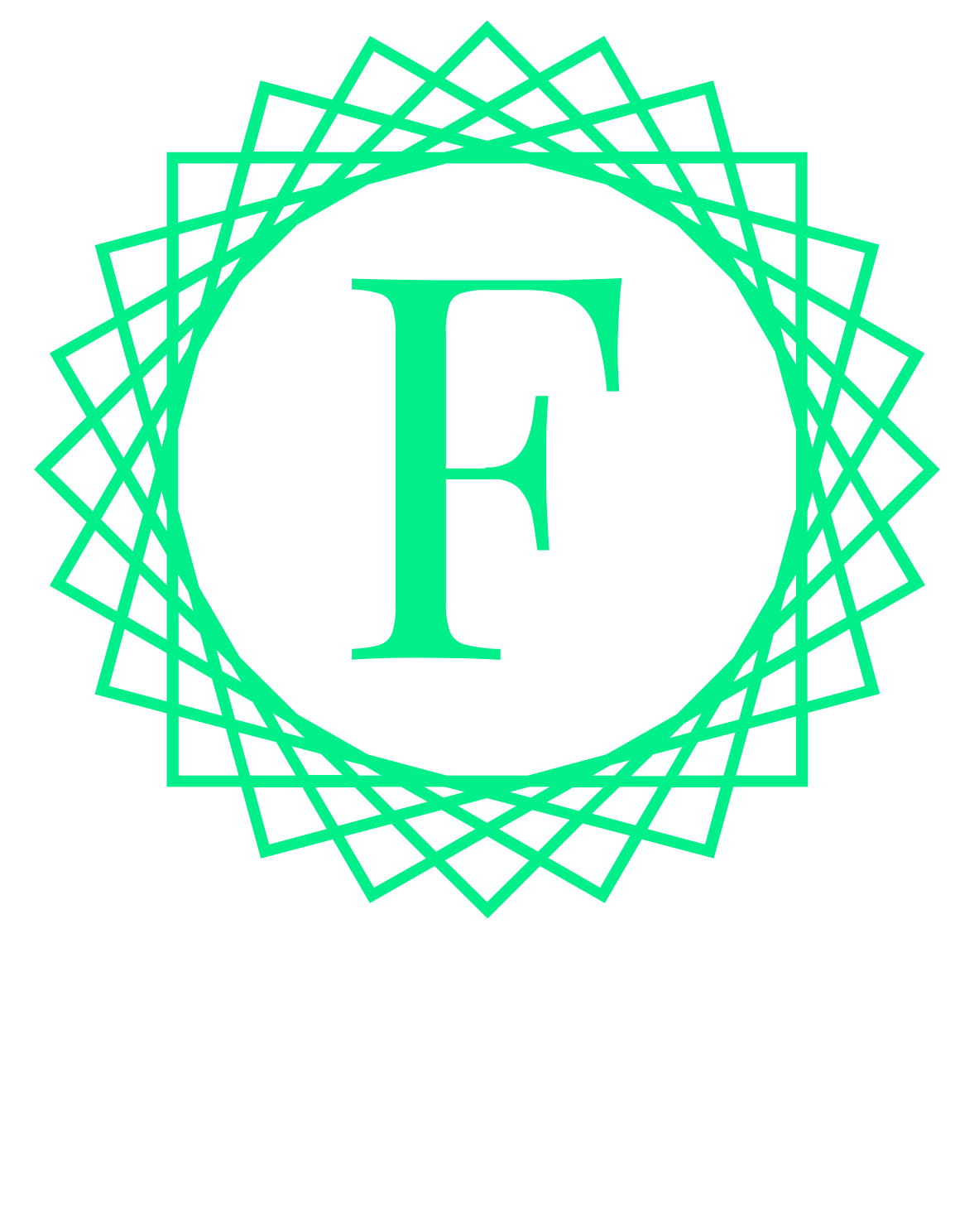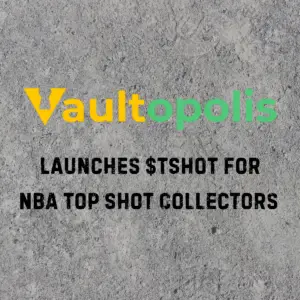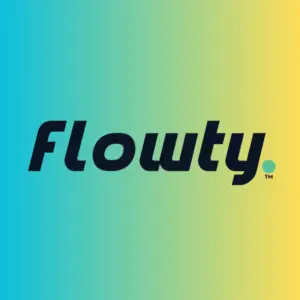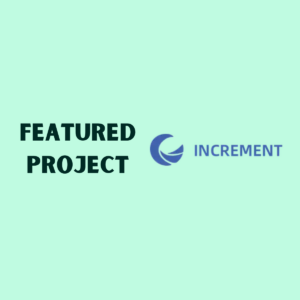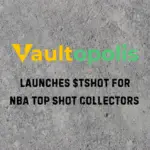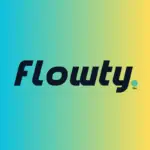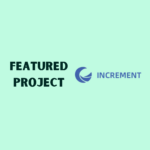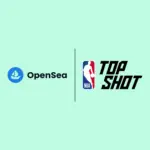Flow changed the game when it introduced millions of people to NFTs through projects like NBA Top Shot and NFL All Day. It was the first time digital ownership felt real and mainstream. But what began with collectible moments and digital trading cards is evolving. Quietly but consistently, utility is taking center stage.
In 2025, we’re watching Flow shift from a collector-first ecosystem to one built around utility. Real, programmable, on-chain functionality. Digital assets are no longer static, they’re becoming dynamic, functional tools that unlock experiences, enable coordination, and fuel participation across an increasingly interconnected Web3 world.
Let’s break it down.
From Collectibles to Tools
Top Shot’s success wasn’t just about technology. It was emotional. It was about moments, community, and belonging. But for all their resonance, collectibles tend to sit still. They get admired, maybe traded, but rarely used.
That’s changing.
Today, builders on Flow are creating assets with a job to do. NFTs that grant access. Tokens that enable participation. Smart contracts that respond to real-time user input. Utility isn’t a feature anymore. It’s the foundation.
And Flow, with its unique architecture and resource-oriented programming model, is positioned to lead this shift.
Why Flow Can Do What Others Can’t
It comes down to Cadence. Flow’s programming language was built with a different set of assumptions. Where other chains treat assets as numbers or blobs of metadata, Cadence treats them like objects with state, ownership, and behavior. Like living things.
This gives builders superpowers.
- NFTs can enforce their own usage rights or distribute royalties automatically.
- Tokens can come with time-based restrictions or usage logic built in.
- User accounts can own capabilities, permissions that dictate how they interact with the network.
In short, assets on Flow don’t just sit in a wallet. They do things. They participate.
That’s the difference between holding something and using it.
Utility in the Wild
We’re already seeing this play out. A growing group of projects are bringing on-chain utility to life:
Flowty
A peer-to-peer NFT lending platform where users collateralize digital assets to unlock liquidity. Loans are governed by on-chain terms and smart contract enforcement. It’s finance, powered by collectibles.
Emerald City DAO
One of the first DAOs built on Flow, Emerald City does more than coordinate proposals. It builds DAO tooling with Cadence, governs contracts, and issues tokens that unlock deeper layers of participation.
FLOAT
Event-based NFTs that act as proof-of-attendance tokens. Earn one by attending a community call or a live meetup. Use it later to unlock access, reputation, or benefits across Flow applications. Verifiable and portable.
Flowns
Flow’s decentralized domain system. But these domains are more than just names. They hold tokens, manage identities, and verify access to gated experiences. Identity, as a utility.
Versus
A fantasy sports platform using NFTs as playable, upgradable game pieces. Player cards track real-time performance and unlock tiered rewards. Ownership meets interactivity.
The Token Gating Playbook
One of the clearest signs that Flow’s culture is shifting toward utility is the rise of token gating.
Holding a token no longer just signals status. It becomes a credential.
- Access a private Discord or Telegram channel
- Register for events
- Unlock features in apps or games
- Vote on proposals, delegate responsibilities
Own the right NFT and you’re in. Miss it and you’re out. This is becoming a default design pattern, not an exception.
Why Builders Are Leaning In
For developers, Flow solves some critical pain points:
- Storage Efficiency: Everything—assets, logic, and permissions, lives in one place.
- Composability: Standards like
NonFungibleTokenandMetadataViewsallow seamless interoperability across dApps. - Security: Cadence’s resource model eliminates entire classes of bugs and exploits.
The result? Developers don’t just build things to sell. They build things to use. That mindset shift is unlocking new types of apps and user experiences across Flow.
What Comes Next
We’re seeing early signals of where this could go:
Modular NFT Functionality
Projects are starting to think in components. NFTs that evolve. Traits that can be added or removed. Governance tokens that level up based on contribution. Identity NFTs that function across an entire ecosystem.
On-Chain Governance
DAOs are moving beyond token votes. Flow’s architecture supports delegation, role-specific resources, and conditional logic. That means we’ll see more structured, transparent, and accountable decision-making systems built entirely on-chain.
Flow-Based Identity
With FLOATs, Flowns, and other composable assets gaining traction, we’re starting to see Flow form an identity layer. A future where your Flow wallet becomes your passport: to dApps, communities, and reputational data.
Utility isn’t an add-on. It’s the next era.
The days of static NFTs and speculative token hype are fading. The teams winning in 2025 are building tools that do something. That solve problems. That unlock value, coordination, and community.
On Flow, that future isn’t hypothetical. It’s already taking shape.
